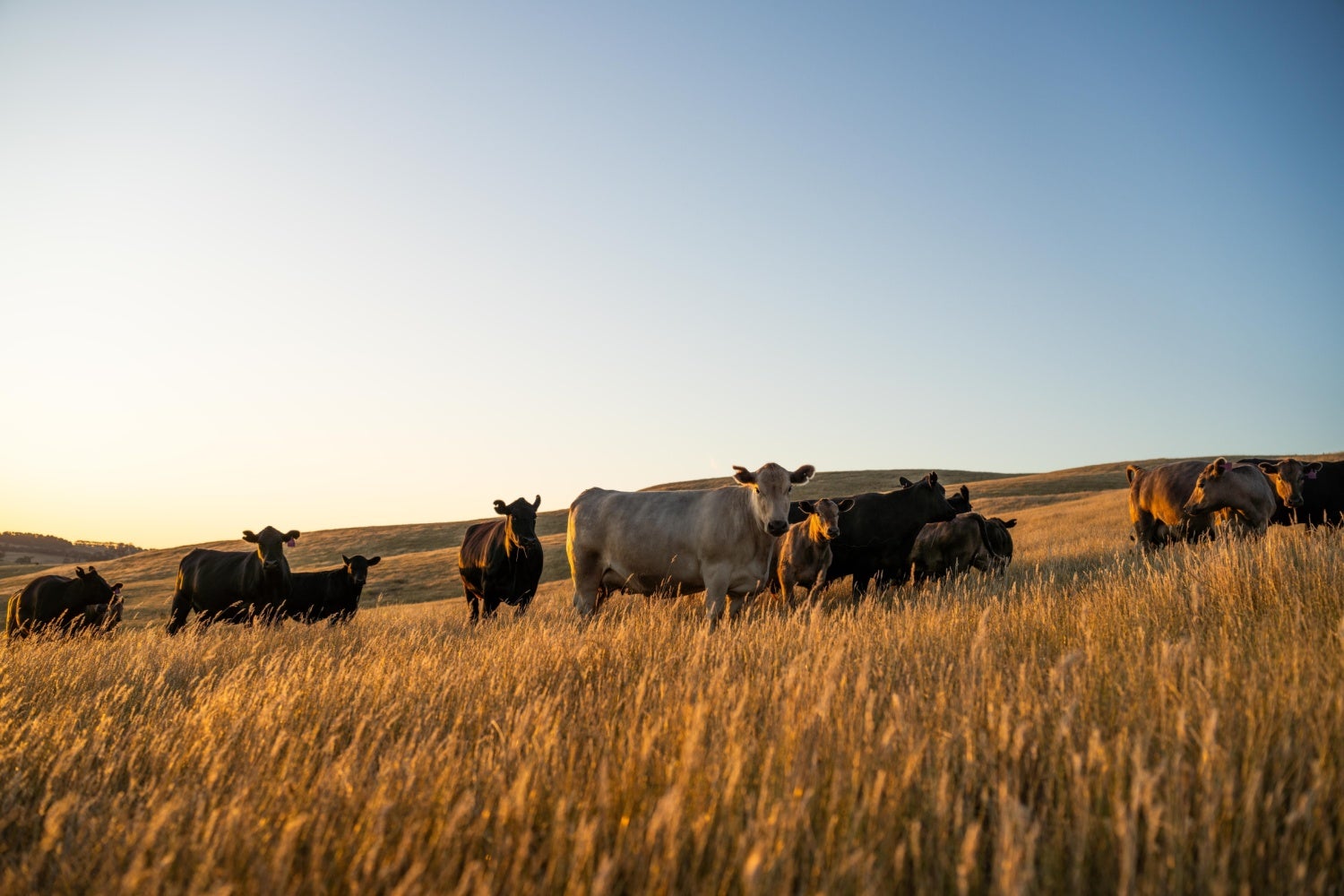Hey team, and welcome back to one5c! My route to the gym snakes through a neighborhood in New York that’s currently in a construction boom. Amid all the scaffolding, one rising edifice in particular has long caught my attention. Not because it’s beautiful, but because it’s oddly not. The facade’s thick and the windows are rather slight—especially when you look at it alongside the gleaming glass towers going up nearby. Little did I know that this stark exterior is because that blocky building is special: It’s the nation’s largest “passive home,” a designation reserved for structures that meet only the highest standards of energy efficiency.
A passive home isn’t necessarily something you can turn your own domicile into, but its energy-saving bona fides are definitely worth learning from. Let’s check it out. —Corinne
SPONSOR

Restore the Planet, One Mission at a Time
The responsibility to protect our planet falls on all of us. Planet Wild is a community of nature lovers pooling their contributions to fund efficient projects that save animals, oceans, and forests. And you can join them. Each month, your contribution will help fund a targeted nature revitalization mission where it’s needed most. With monthly videos, you’ll even get to see the impact you’re making.
The first 150 people to sign up via the link (coupon code automatically applied) will receive the first month for free as a special offer from us.
WHAT WE’RE INTO THIS WEEK
By Sara Kiley Watson and Corinne Iozzio

Cause for optimism
The largest passive house in the U.S.
The term “passive house” might conjure up images of bespoke uber-homes in European suburbs, but in the East Harlem neighborhood in New York City, the picture is much more inclusive. Sendero Verde, a 709-unit complex devoted to formerly homeless and low-income residents, is considered the largest passive house in the U.S. Thanks to insulation, air sealing, thick windows, and proper ventilation, the building uses about half of the energy of a comparable structure. It also sports gardens, native plant–filled terraces, and a roof topped with solar panels. This is thanks in part to a $15 million fund to build 3,000 energy-efficient and all-electric affordable homes across the city. While the cost to build a passive building runs at a small premium, the benefits are seen right away in terms of energy savings for the families living in these homes.
Greenwatch
This ‘local news’ outlet is really a Chevron PR machine
When massive swaths of the U.S. are in what’s called “news deserts,” or areas without local outlets, there’s plenty of space for bad actors to come creeping in. This is exactly what’s happening in Texas’ Permian Basin, where Permian Proud publishes feel-good local news alongside positive takes on oil-and-gas doings in one of the most oil-rich areas on the planet. Ready for a (not) shocker? It’s not news, it’s Chevron PR. Articles are written by a San Francisco–based PR firm, according to reporting from the Louisiana Illuminator. The same firm does similar work for Richmond, California’s Richmond Standard. All this goes to show how vast the fossil fuel industry’s marketing machine is, and why doing a little research on who delivers your news goes a long way.
What’s that?
The argument for tracking ‘spheres of influence’
Of the world’s 2,000 most influential businesses, around half haven’t set a net-zero target, and a mere 4% of the ones that do meet the United Nations sniff test. However, new research in the journal Carbon Management says that measuring corporate impacts should extend well beyond net-zero targets. In order to effectively address the climate crisis, the authors argue that firms must also consider their “spheres of influence.” These spider-webbing factors include “product power” or the products they produce, “purchasing power” or the purchases they make, and “political power” or essentially policies they lobby for or against. “We need a way to compare and reward companies that are changing the world, not just their operations,” lead author Kaya Axelsson said in a statement.
Report card
What makes climate policies work
There’s no silver bullet to addressing the climate crisis—particularly when it comes to inking the type of policies that actually help dial down emissions. In fact, of the 1,500 policies a group of researchers looked at in a recent study, only 63 (not a typo) have achieved reductions that authors characterize as meaningful. They published their findings last week in the journal Science. The difference between policies that drive progress versus ones that stagnate: A mix of solutions that blends cost incentives (think tax credits) with regulations (think emissions caps on power plants). In Norway, for example, a ban on gas-powered cars worked best when policies also helped make EVs cheaper.
MIC-DROP CLIMATE STAT
23%
The jump in EV sales in the second quarter of 2024, a record high, according to new research from the Kelley Blue Book. Here’s our guide to buying your first EV if you’re ready to make the switch.
STUDY GUIDE
This livestock solution’s got nothing to do with cow farts
By Tyler Santora

Americans eat more meat than the global average—a total of nearly 230 pounds per person per year. Replacing half of our meat-based protein with alternative sources could slash the country’s carbon output by up to 177.8 million metric tons of CO2 a year, according to a new report from the Good Food Institute (GFI), a nonprofit that promotes alternatives to animal products. That’s more than the emissions of all domestic U.S. flights in a year.
So, how does cutting back on carnivory slash emissions by such a large degree? According to the report, these potential gains come even before you consider masses of methane-filled cow farts. They’re about diverting the land used to raise and feed livestock for more climate-friendly purposes.
The climate-land-livestock connection
Around half of all land in the U.S. is used to raise livestock and grow crops that feed them. Replacing half of our meat consumption with alternative proteins would free up some 47.3 million acres—an area about the size of South Dakota, according to the GFI report.
Restoring this farmland to natural ecosystems is key, the report argues. Plants and fungi from restored ecosystems need to pull CO2 from the atmosphere to grow, benefiting the climate and ecosystems. The potential impact varies, but the largest carbon sequestration potential is in the forest, riparian, and wetland-rich South and Midwest.
“The report rightfully acknowledges the key role of protein sources in [land restoration]. We can produce protein—which we are anyway overconsuming in many cases—in less land-intensive ways,” says Peter Verburg, an environmental land use expert based in Amsterdam, who was not involved in the report. As protein-obsessed as we are, there are indeed planet-friendlier ways to get the nutrient: mainly with plant-based foods like soy and peas, but also via technologies like precision fermentation (basically brewing proteins the way you’d make beer) and lab-grown meat.
Even greater gains
The GFI report estimates a conservative amount of emissions reductions from land use transition, because it only takes into account carbon that plants slurp from the atmosphere. It doesn’t consider reductions in the other greenhouse-gas impacts of meat production—like cow burps. There are 87.2 million cows in the U.S., each of which burps, farts, and poops out between 154 and 264 pounds of methane per year. Methane is a greenhouse gas that is shorter-lived than CO2 but has 28 times more climate-warming potential over a century.
“This does not mean we all have to be vegans; it is just a matter of consuming much less animal protein,” Verburg says. “Of course, there are many health benefits of less animal protein consumption. It is one of those few things in sustainability science with a win-win-win situation: environment, land use, and health.”
